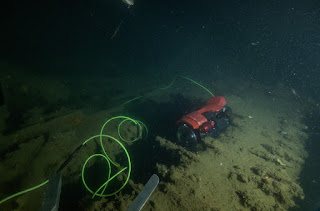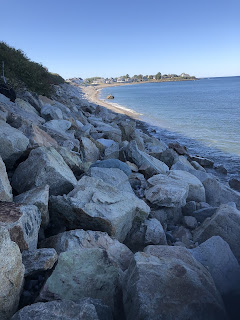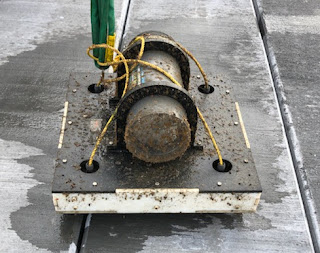The end of telepresence week
The team in Scituate, MA The end of a project is always jarring. After working closely with a group of people for weeks on end, it feels weird to suddenly be without them . It's like being sucked instantly into a vacuum - both surreal and sad. Telepresence week concluded yesterday in the most fitting way possible - with a rainstorm. We had made countless adjustments to the plan for this project over the summer , mostly driven by the pandemic, so when it started raining, I couldn't help but laugh. Even at the last moment, nature had to throw us just one more curve ball. We moved all the cameras and electronics under tents to keep them dry, pulled out our jackets, and pressed on. The team at the Inner Space Center As soon as the last rainy broadcast concluded, we had a toast with the team and then began disassembling our equipment - "striking the set," to use a theater term. It took about an hour to pack everything into boxes and trucks, and when the boathou


